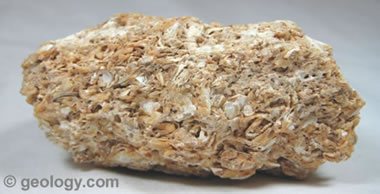What is Limestone?
Varieties of Limestone
There are many different names used for limestone. These names are based upon how the rock formed, its appearance or its composition, and other factors. Here are some of the more commonly used varieties.
Sinai international







